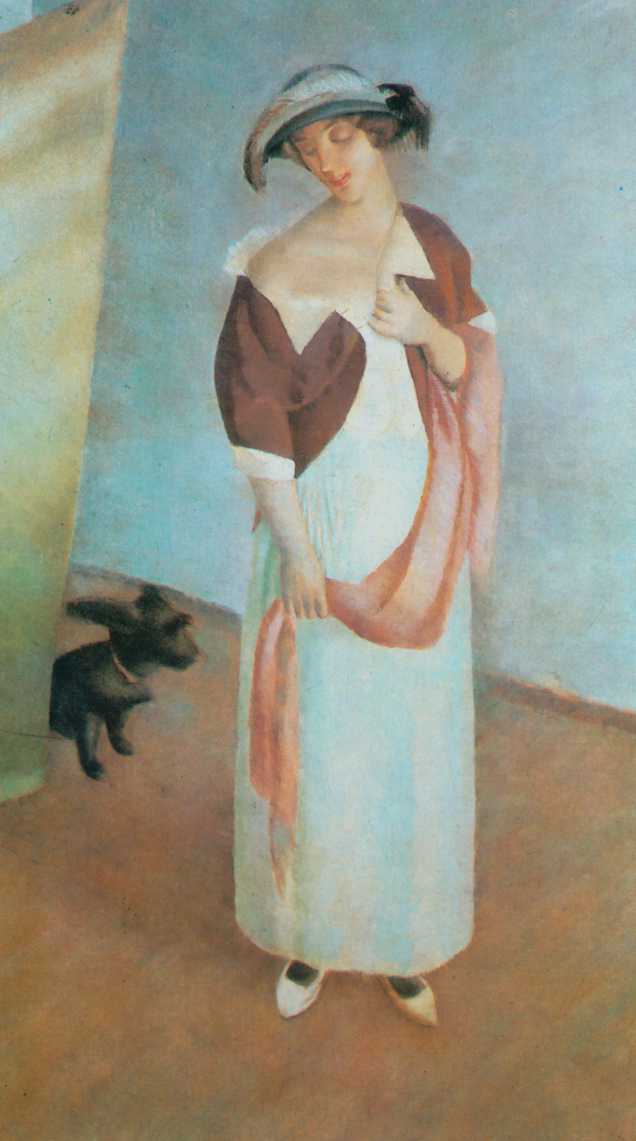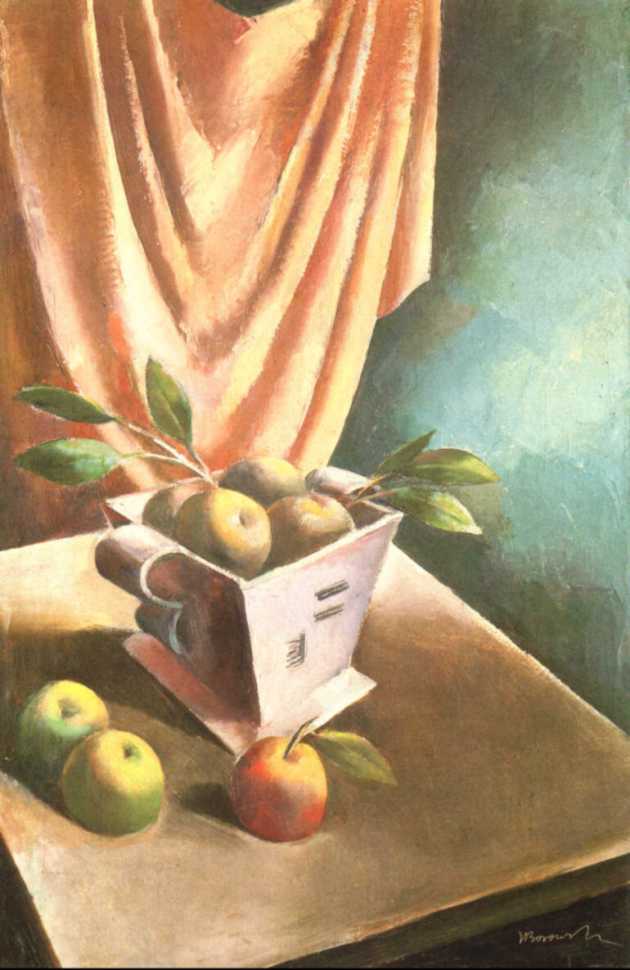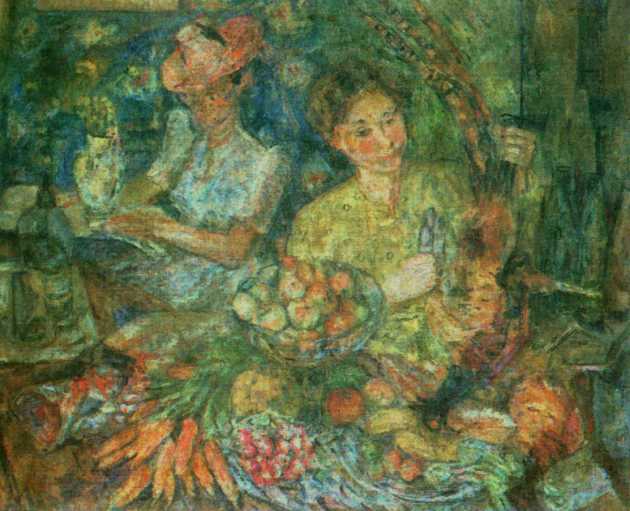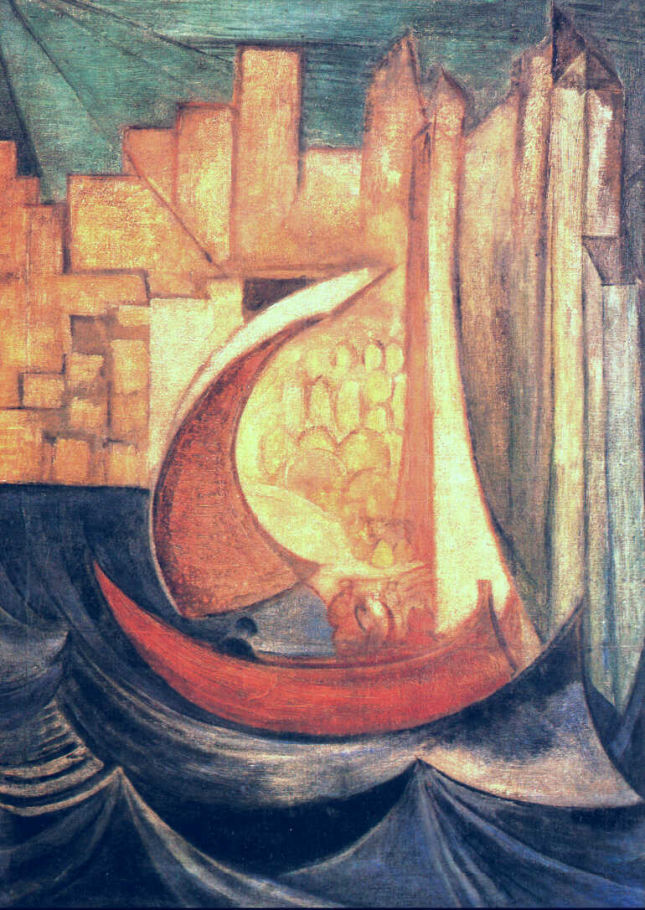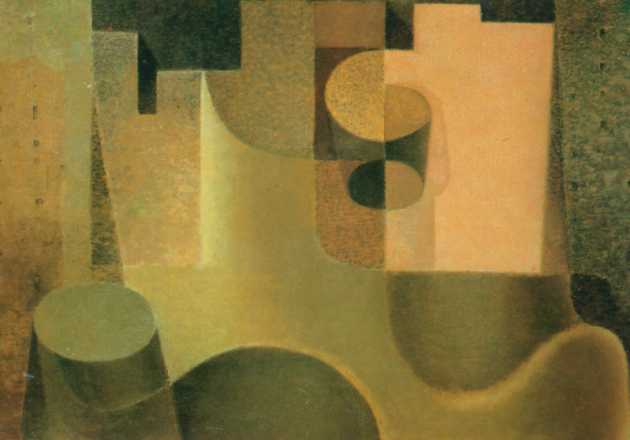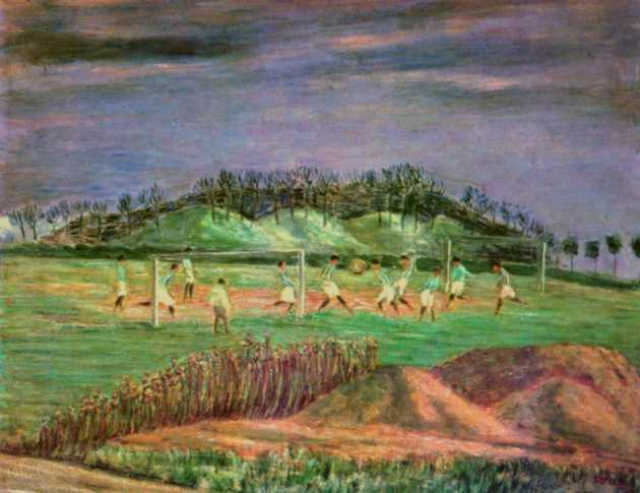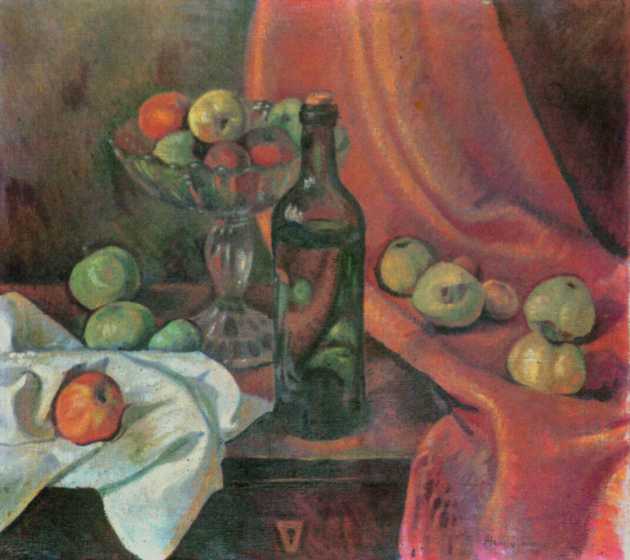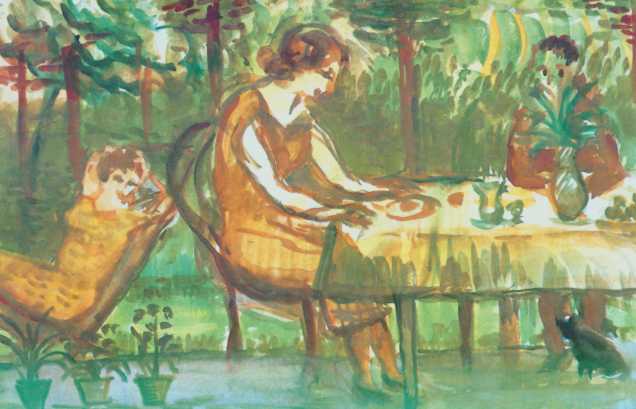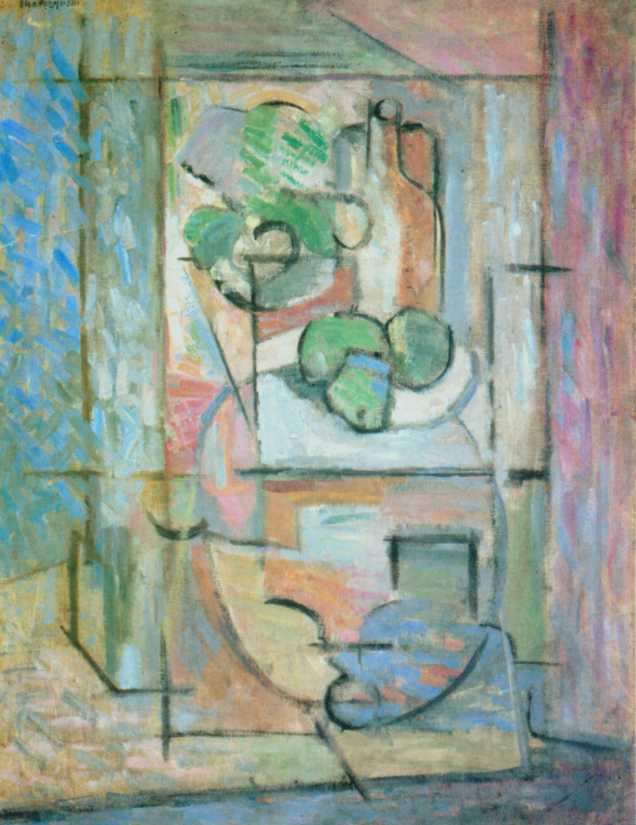Mierzejewski Jacek (ur. 1883 Czestochowa, zm. 1925 Otwock).
Painter, chart, member of the Formists group. He began his artistic studies at the Drawing School in Warsaw and continued at the Academy of Fine Arts in Kraków in the 1st century. 1904-12. He worked under the direction of F.. Zinc, L. Wyczółkowski, J. Mehoffera i J. Pankiewicz. He then spent several months in France. In the early period of his work, he was influenced by Wyspiański, Mehoffera i A. Beardsleya, by creating drawings and posters with a clearly Art Nouveau character. Ok. 1910 he began to simplify and synthesize the form in some way, while putting more and more emphasis on the extraction and definition of the solid. Following the example of Cezanne and the Cubists, he tried to geometricize shapes, which is visible in Zakopane landscapes or in the great architectural and landscape composition Wawel. He painted still lifes full of simplicity and poetry in the selection of objects and portraits of people from the closest family circle, full of warmth and psychological truth. The colors of these works are subtle, tasteful, the colors are often whitened, and the whole composition seems to be wrapped in a light mist. Compositions from the early 1920s are different in character hope i Funeral, in which helplessness in the face of death, indifference, heartlessness and human cynicism are presented with macabre humor, in a mood of tragic grotesque, intensified by the greenish-blue color and caricatured deformation of the figures. However, the final touch in the work of the artist standing on the brink of death, killed with tuberculosis, was an idyllic composition made of feather and gouache, which, presenting a love idyll among flowers, birds and forest animals praised the beauty of life.
Painter, chart, member of the Formists group. He began his artistic studies at the Drawing School in Warsaw and continued at the Academy of Fine Arts in Kraków in the 1st century. 1904-12. He worked under the direction of F.. Zinc, L. Wyczółkowski, J. Mehoffera i J. Pankiewicz. He then spent several months in France. In the early period of his work, he was influenced by Wyspiański, Mehoffera i A. Beardsleya, by creating drawings and posters with a clearly Art Nouveau character. Ok. 1910 he began to simplify and synthesize the form in some way, while putting more and more emphasis on the extraction and definition of the solid. Following the example of Cezanne and the Cubists, he tried to geometricize shapes, which is visible in Zakopane landscapes or in the great architectural and landscape composition Wawel. He painted still lifes full of simplicity and poetry in the selection of objects and portraits of people from the closest family circle, full of warmth and psychological truth. The colors of these works are subtle, tasteful, the colors are often whitened, and the whole composition seems to be wrapped in a light mist. Compositions from the early 1920s are different in character hope i Funeral, in which helplessness in the face of death, indifference, heartlessness and human cynicism are presented with macabre humor, in a mood of tragic grotesque, intensified by the greenish-blue color and caricatured deformation of the figures. However, the final touch in the work of the artist standing on the brink of death, killed with tuberculosis, was an idyllic composition made of feather and gouache, which, presenting a love idyll among flowers, birds and forest animals praised the beauty of life.
Wawel
oil, canvas, 91 x 120 cm;
National Museum in Warsaw;
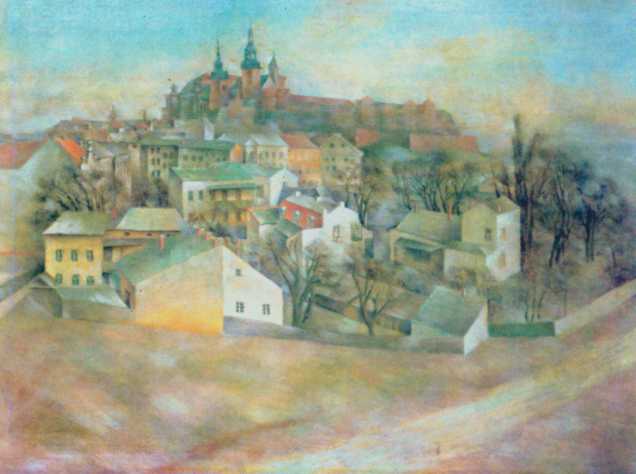
oil, canvas, 91 x 120 cm;
National Museum in Warsaw;

Funeral, 1918-23
oil, canvas, 83 x 97 cm;
National Museum in Wrocław;
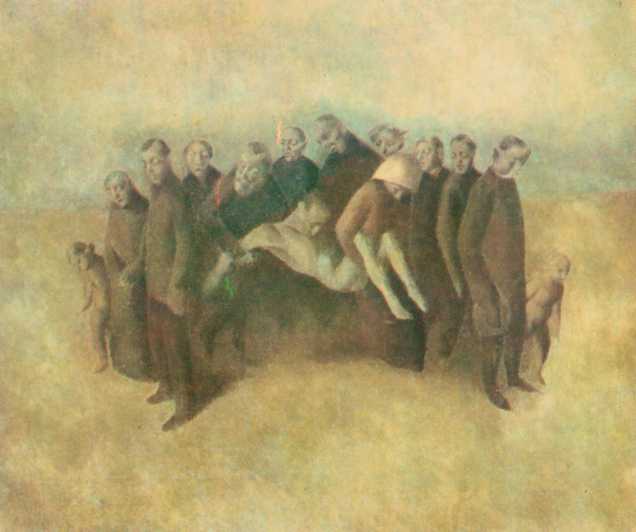
oil, canvas, 83 x 97 cm;
National Museum in Wrocław;

Still life on the stool, 1919
oil, canvas, 80 x 70 cm;
National Museum in Krakow;

oil, canvas, 80 x 70 cm;
National Museum in Krakow;

Portrait of a wife with a puff
oil, canvas, 167 x 97 cm;
Museum of Art in Łódź;
oil, canvas, 167 x 97 cm;
Museum of Art in Łódź;
